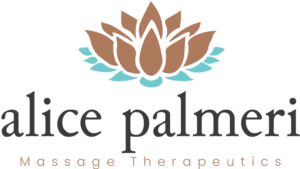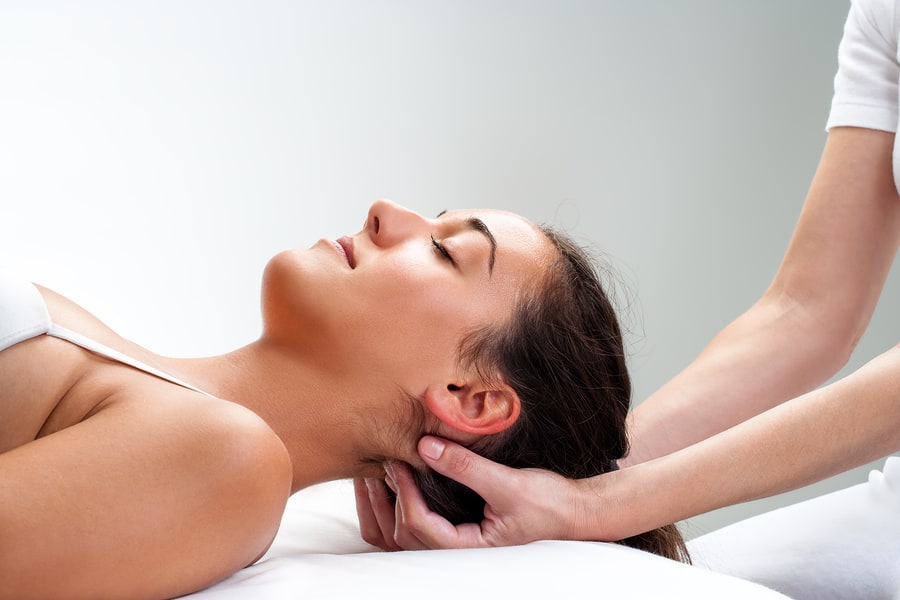Whiplash Injury Broken Down into Plain English
Most people associate whiplash injury symptoms with a car accident. And this is often true. But whiplash injury can also be the result of other incidents such as a fall, bike accident, head trauma, physical abuse, or sports accident. Whatever the cause may be, it can result in pain, tension, and a variety of other unpleasant symptoms.
Whiplash can happen when a person’s head moves suddenly backward and then forward with intense force. A rear end car accident is one of the most common way in which people sustain whiplash.
Physiologically, whiplash injury symptoms result when the muscles and ligaments of the neck extend beyond their normal range of motion. Symptoms of whiplash usually appear within a day after your accident but can develop over the next few days as well. Every body reacts differently to an injury, so keep an eye out for the following symptoms.
Common whiplash symptoms include:
- neck pain and stiffness
- headaches, specifically at the base of the skull
- dizziness
- blurred vision
- constant weariness
Less common symptoms associated with chronic whiplash include:
- problems with concentration and memory
- ringing in the ears
- inability to sleep well
- irritability
- chronic pain in the neck, shoulders, or head
You should follow up with your doctor immediately if:
- your symptoms spread to your shoulders or arms
- moving your head is painful
- you have numbness or weakness in your arms
Healing and Care for Whiplash
-
- Rest. The number one thing you can do for your body during this time of healing is rest, take things easier the first few days. Sleep is important, but also turn off the TV, computer, and phone. Screens should be avoided to let your brain rest and the muscles of the body heal. Sleep as much as you can and even take naps.
- Ice and/or heat. Your body will tell you if its wants ice or heat. Most people find that ice helps reduce swelling especially at he base of the neck. If you prefer heat, a heating pad or hot water bottle can feel great and help with pain.
- Over-the-counter (OTC) medications. Ask your doctor about taking OTC medications to help with inflammation and pain.
- Stretching. Gentle neck stretches can be done later as you’ve begun to heal. Make sure you’re feeling well enough to do stretches and that they don’t exacerbate any whiplash injury symptoms.
- Physical therapy. Physical therapists are qualified health professionals that can help you recover from your accident. They are experts in body mechanics and accident recovery.
- Chiropractic therapy. A chiropractor can assess your injury and give adjustments to your neck in order to increase range of motion and reduce any pain you may have.
- Massage therapy. A great treatment that can be combined with others, such as physical therapy or chiropractic. A massage therapist that is specially trained to help whiplash injury can reduce pain by helping to release spasming muscles and tension as well as increasing blood flow.
Alice Palmeri, LMT works in Southwest Portland, Oregon where she specializes in massage therapy for everyone. License # 23983



